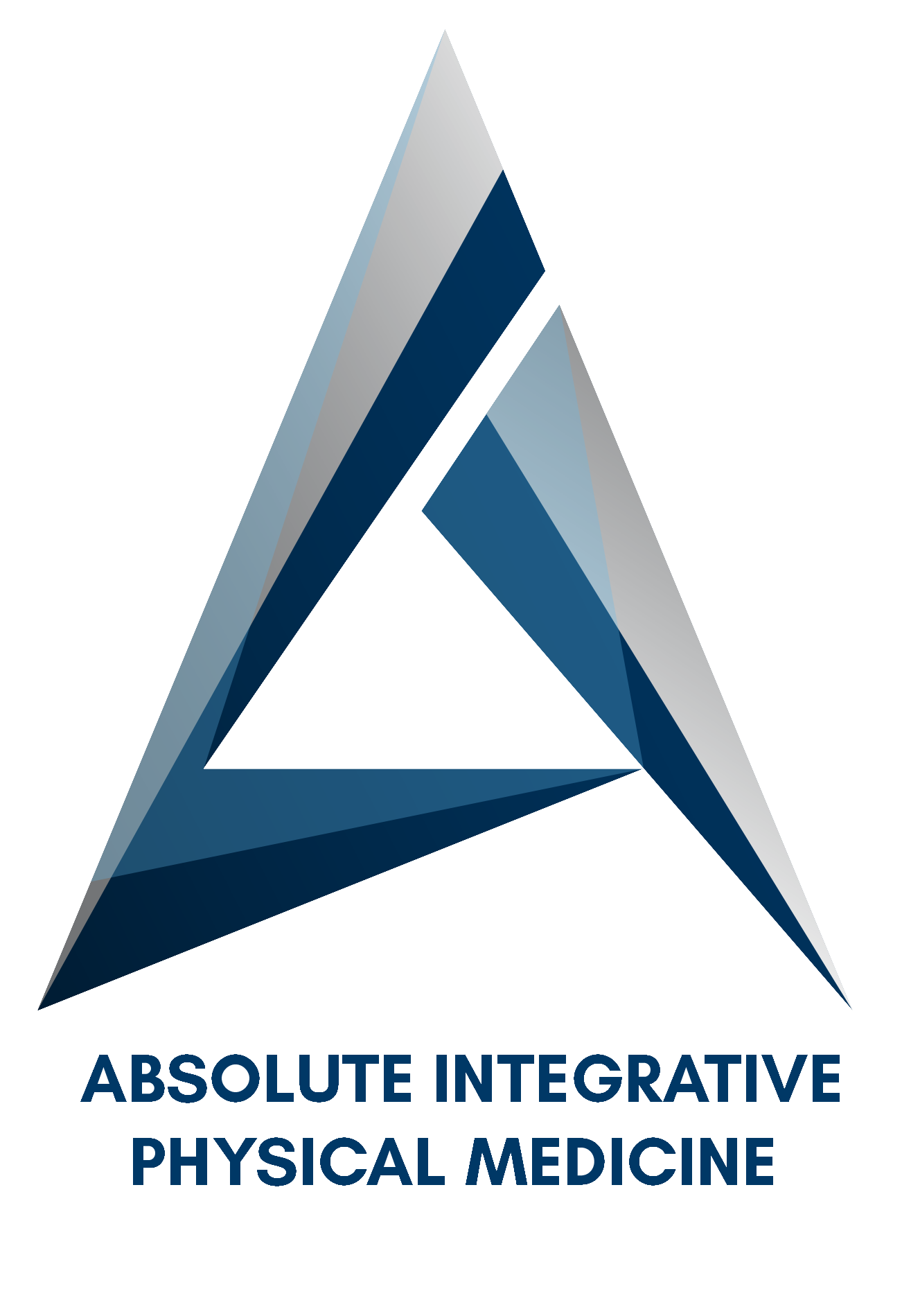Introduction
Back pain is one of those universal complaints — most of us will have at least one episode in our lives. But while it’s common, it’s not something you have to just live with. There are numerous back pain treatments that work, from conservative self-care to specialist care like chiropractic treatment of lower back pain and advanced, non-surgical options.
This guide walks you through causes, when to seek help, and the best evidence-based lower back pain treatments to get you moving again.
Quick Reality Check: Why Your Back Hurts
- Muscle or ligament strain – sudden movement, heavy lifting, or repetitive stress.
- Disc problems – bulging or herniated discs pressing on nerves (sciatica).
- Degeneration or arthritis – joint wear and tear or spinal stenosis.
- Posture and biomechanics – long hours sitting or poor lifting technique.
- Structural issues – scoliosis, leg-length differences, or prior injury.
- Central sensitization – chronic pain amplified by the nervous system.
Understanding the cause helps pick the right lower back pain treatment.
When to See a Clinician — Red Flags
- Loss of bladder or bowel control
- Progressive weakness in one or both legs
- Sudden severe pain after trauma
- Fever with back pain
- Unexplained weight loss with back pain
If pain lasts beyond 4–6 weeks or limits daily life, book a professional evaluation.
First-Line, At-Home Back Pain Treatments
- Move gently – avoid prolonged bed rest; light walking promotes healing.
- Heat & cold – ice for the first 48–72 hours, then switch to heat.
- Over-the-counter meds – NSAIDs for short-term relief as advised.
- Posture breaks – stand and stretch every 30–45 minutes.
- Simple stretches – hamstring and lumbar mobility help ease stiffness.
- Sleep support – firm mattress, pillow between knees if side-sleeping.
Physical Therapy — The Targeted Recovery Plan
Physical therapy (PT) provides personalized recovery through:
- Posture and movement assessment
- Core and glute strengthening exercises
- Manual therapy and mobilizations
- Education on safe body mechanics
PT treats the root cause, reduces pain, and prevents recurrence — one of the best lower back pain treatments for long-term recovery.
Chiropractic Treatment of Lower Back Pain
Chiropractic care focuses on spinal alignment and joint mobility through:
- Spinal adjustments to restore motion
- Soft tissue techniques to release tension
- Rehab exercises and posture coaching
Evidence supports chiropractic care as an effective, non-surgical back pain treatment, especially for acute and subacute low back pain.
Exercise & Core Strengthening — Long-Term Protection
- Core stabilization exercises like planks and bird-dogs
- Glute strengthening with bridges or hip thrusts
- Hip mobility and hamstring flexibility
- Aerobic conditioning like walking or swimming
Consistent exercise prevents future flare-ups and builds resilience.
Manual Therapies, Massage & Myofascial Release
Massage and manual therapies relieve muscle tension and improve circulation. Combining these with rehab accelerates recovery and improves sleep.
Advanced Non-Surgical Options
- Spinal decompression therapy
- Steroid or epidural injections
- Regenerative injections (PRP, stem cells)
- Radiofrequency ablation for facet pain
These are reserved for specific cases after diagnostic imaging and evaluation.
Medication and Pain Management
- Short-term NSAIDs or muscle relaxants
- Neuropathic agents for nerve pain
- Comprehensive pain management programs
Medication manages symptoms while therapy treats the underlying issue.
Surgery — When It’s Appropriate
- Microdiscectomy for herniated discs
- Laminectomy for spinal stenosis
- Spinal fusion for instability
Surgery is the last resort and considered only after conservative care fails.
Ergonomics & Lifestyle — Prevention That Matters
- Ergonomic work setup and lumbar support
- Proper lifting technique
- Healthy weight and balanced nutrition
- Stress management and quality sleep
How to Pick the Right Provider
- Check credentials and licensing
- Look for experience with low back conditions
- Choose someone who explains clearly and coordinates care
- Prioritize clinics promoting active self-management
What to Expect — Recovery Timelines
- Acute strain: 1–4 weeks
- Moderate conditions: 4–12 weeks
- Chronic pain: several months with comprehensive care
Recovery isn’t linear — expect ups and downs but stay consistent with care.
Final Takeaway
Back pain is common but highly treatable. The best back pain treatments combine short-term relief with long-term strategies — movement, posture, core strength, ergonomics, and guided care like chiropractic treatment and physical therapy. Consistency and proactive care lead to lasting relief and stronger spine health.


